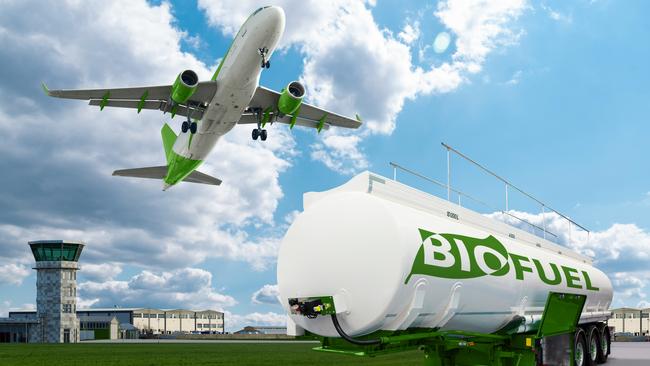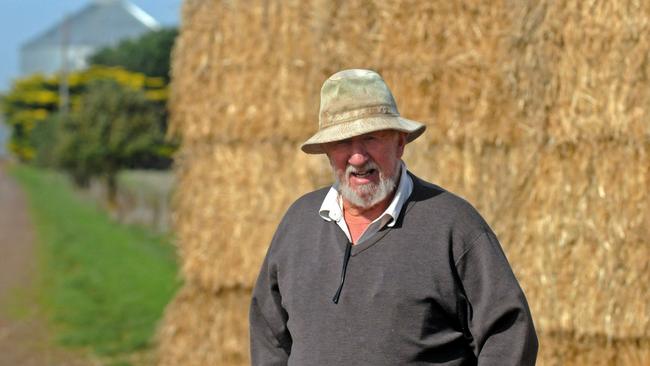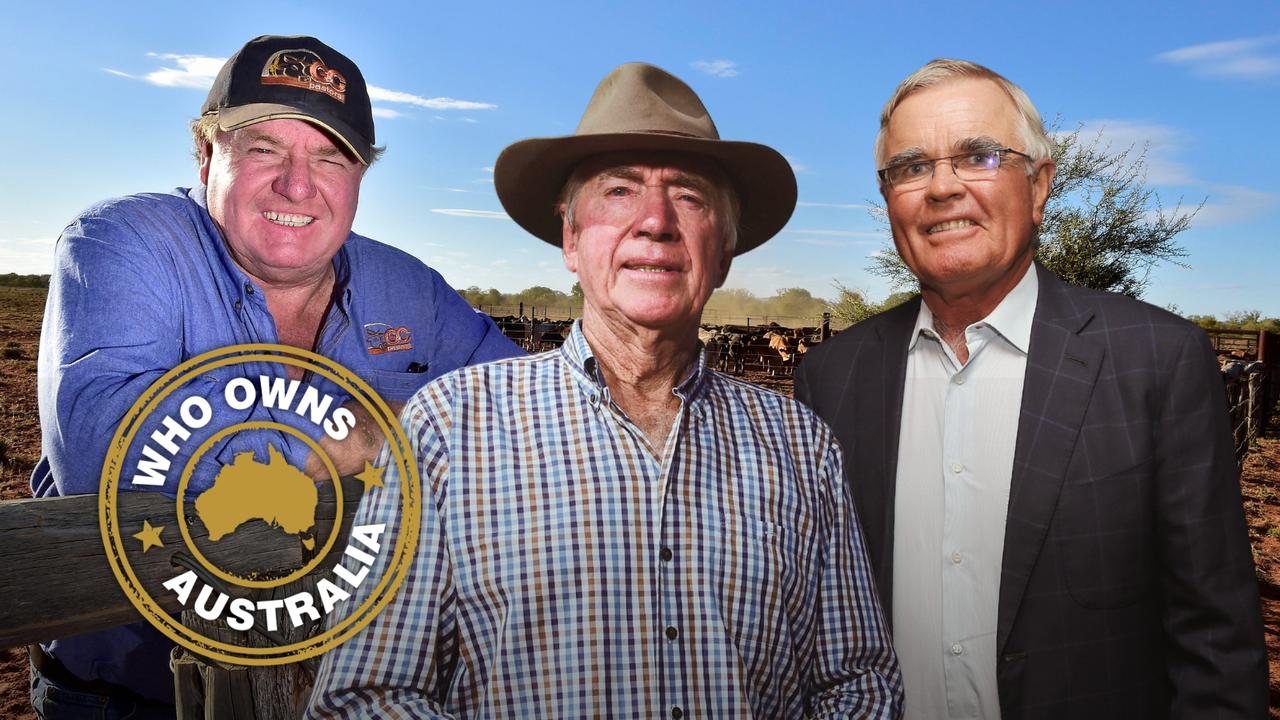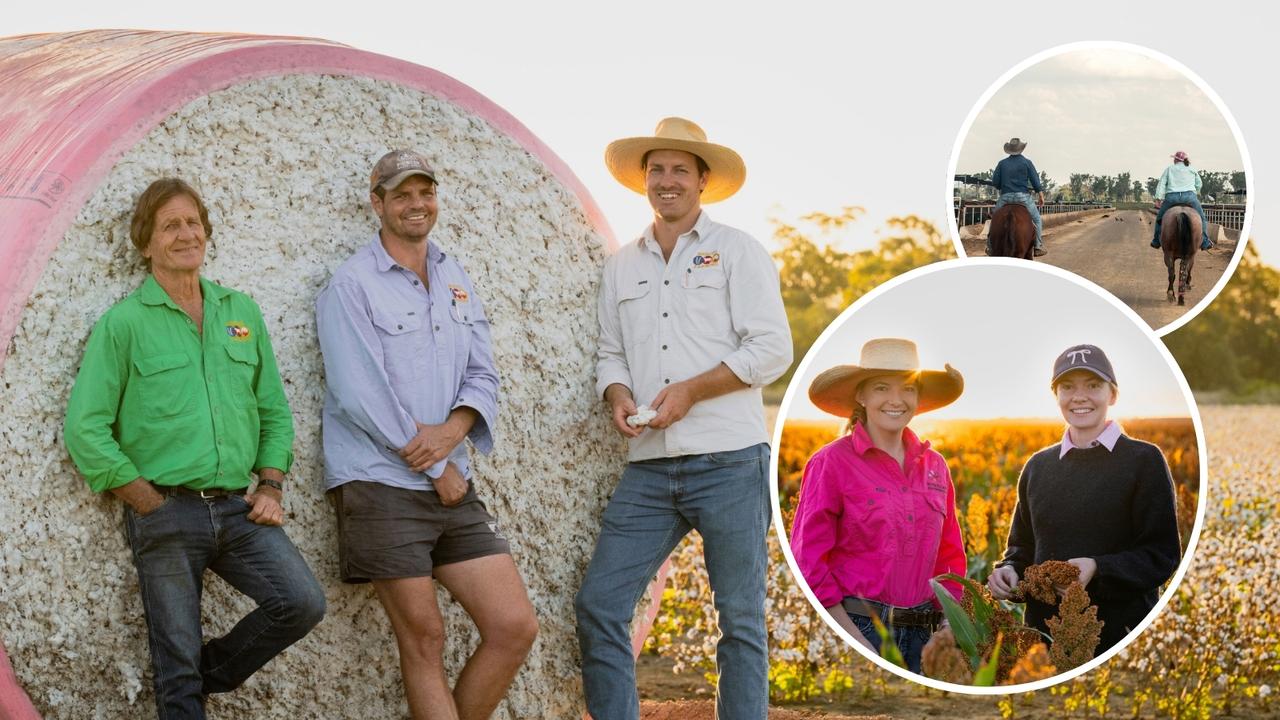Biofuels demand: Australian grain growers to profit from domestic manufacture
Manufacturing biofuels in Australia could be a game changer for broadacre farmers, but have we already missed the boat?
Global hunger for raw plant materials will become insatiable as the worldwide bio-refining market ticks towards a predicted $200 billion value by 2027.
From biofuels to plastic replacements and nutraceuticals, Australian farmers are lining up to join those overseas already turning their trash into cash.
Domestically, the national bioenergy industry is predicted to contribute $10 billion in extra gross domestic product a year by 2030, according to the Australian Renewable Energy Agency, as well as create 26,000 new jobs and reduce emissions and landfill.
To help reach those goals the federal government has earmarked about $3 billion of its $15 billion National Reconstruction Fund to finance renewables and low emission technologies. According to a Department of Industry spokesperson this may include investments in clean-energy component manufacturing and fuel switching and agricultural methane and waste reduction.
But local farmers will continue to burn straw in paddocks for some time with little commercial manufacturing infrastructure in sight.
Starting with a blank canvas also means the country is at square one.
Bioeconomy expert and strategic government advisor Professor Ian O’Hara says Australia, “with a significant and well-advanced agricultural sector boasting an abundance of residue”, is primed to lead a warming planet against climate change.
“But if we want a low-carbon manufacturing industry for the next generations we have to start now and ensure we are up with the world leaders and not just another importer of sustainable products,” he says.
The International Energy Agency has reported that, under a net-zero scenario, agricultural waste, non-edible crops and cropping residues, such as bales of straw, would be needed for 50 per cent of all biofuels manufactured globally by the end of the decade.
The materials were used in only 10 per cent of all biofuel manufacturing in 2021.

UP AND AWAY
Bioenergy Australia has also said the manufacturing and usage of sustainable aviation fuels would help drive the federal government’s net-zero emissions by 2050 target, while its Aviation White Paper would consider the issues.
But time ticks.
In announcing a joint Qantas and Airbus investment of up to $200 million to develop and produce commercially viable SAF and feedstock initiatives in Australia, Qantas chief Alan Joyce, like O’Hara, warned that “without swift action, Australia is at risk of being left behind.”
The airline is currently reviewing proposals, including some using agricultural waste.
The airline also pointed out that millions of tonnes of feedstock was exported yearly from Australia, with GrainCorp one of the nation’s largest exporters of tallow, canola oilseed and used cooking oil to Europe, Asia and North America to produce low-emissions renewable fuels.
There are promising small-scale projects bubbling away, some with government funding, piloted by producers, start-ups and universities.
Like Mackay’s novel technology demonstration turning sugar cane bagasse – the dry pulpy material that remains after cane is crushed – into bio-jet fuel and an Ararat-based venture hoping to convert straw into biogas.
But many have failed.
Victorian Bioenergy Network president Andrew Lang says onerous costs and a lack of government support killed off many products. “These things tend to battle against economics and a lack of government interest, even though there’s lots of examples in the UK, US and Europe where it works, it is quite a mature process in those places now,” Lang says.
“We burn millions of tonnes of straw in western Victoria alone every year and that will have to stop soon anyway, it is basically illegal to burn in the EU now.”
He says Australia must strive for systems similar to Denmark, where straw is being converted into fuel-grade ethanol and put into petrol.
In Sweden, biofuels outrank nuclear, solar, gas and coal as the largest single source of energy and “Australia could be on the path if we had better policies going back a decade”.

CLUTCHING AT STRAWS
Burning straw has worried Colin Fraser since he began farming at Stoneleigh, west of Ballarat, in the 1960s.
Last year more than 2000 hectares of wheat, canola, barley and lupins were harvested on the farm managed by Colin’s son Ashley.
The lupins are grown to help feed the 14,000 Merino sheep run on the property.
A decade ago Fraser banded with eight other local farmers to start Streatham Straw Alliance aiming to establish pilot projects using wheat straw to generate heat and power.
Under its own steam, the group visited European straw-to-energy factories, purchased a pelleting machine and produced economic studies on baling-up costs and gasification.
It trialled infield pelleting of windrowed wheat straw and for about two years made pellets to heat water at Skipton Hospital.
Its most recent proposal would combine 50,000 bales of straw annually with saleyard manures and municipal food wastes to produce biogas.
Fraser says that straw can be currently sold for up to about $160 a tonne, although he says that some farmers prefer being paid a lower rate per tonne for straw as part of a profit-share arrangement with energy producers.
“There are a lot of wheat growers around here, we have balers ready to go and just need somewhere to put it, we need support,” says Fraser, who like most other farmers in the area currently burns the residue.
“Burning a paddock is dirty and dangerous and all that energy goes up into a cloud of smoke. It gives Melbourne lovely sunsets, but it would be better used to generate power.”
The elephant in the corner of this promising paddock, according to National Farmers’ Federation vice president David Johincke, is ensuring prime agricultural land is not sacrificed for energy.
And locals do not follow the European potato farmers’ example of planting paddocks back to hybrid willow for energy production due to it being a fast-growing, high biomass-yielding plant.
However, willow, like cropping residue, can become unprofitable due to high transport costs, making local market access essential with farmers usually paid in tonnes of chips or for the units of energy generated.




